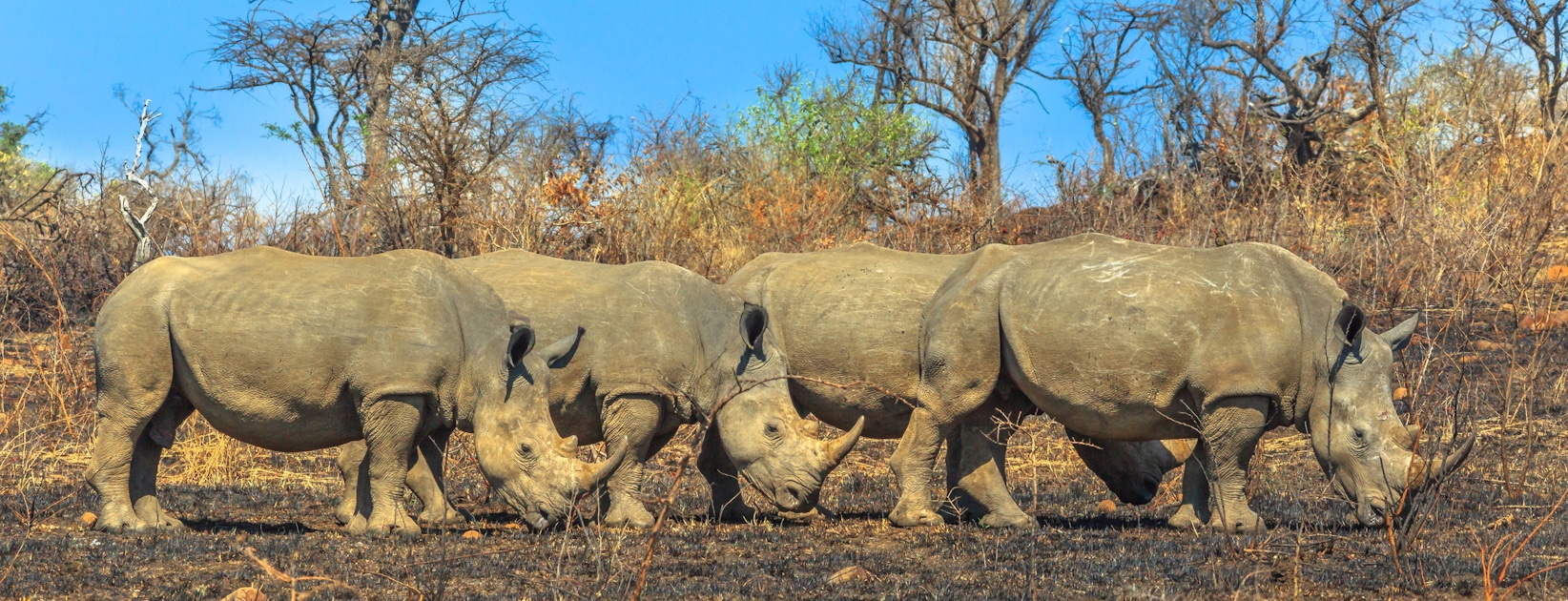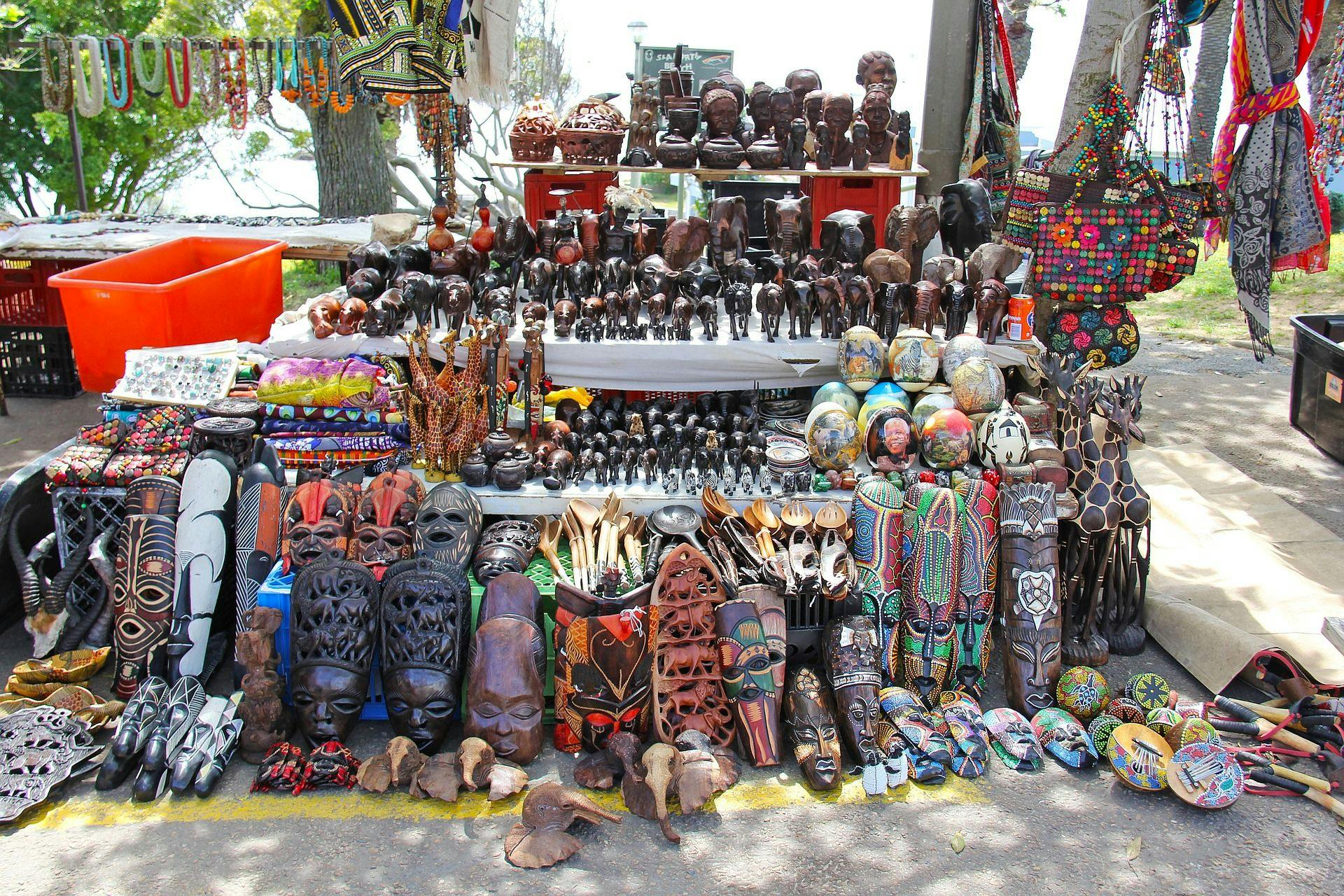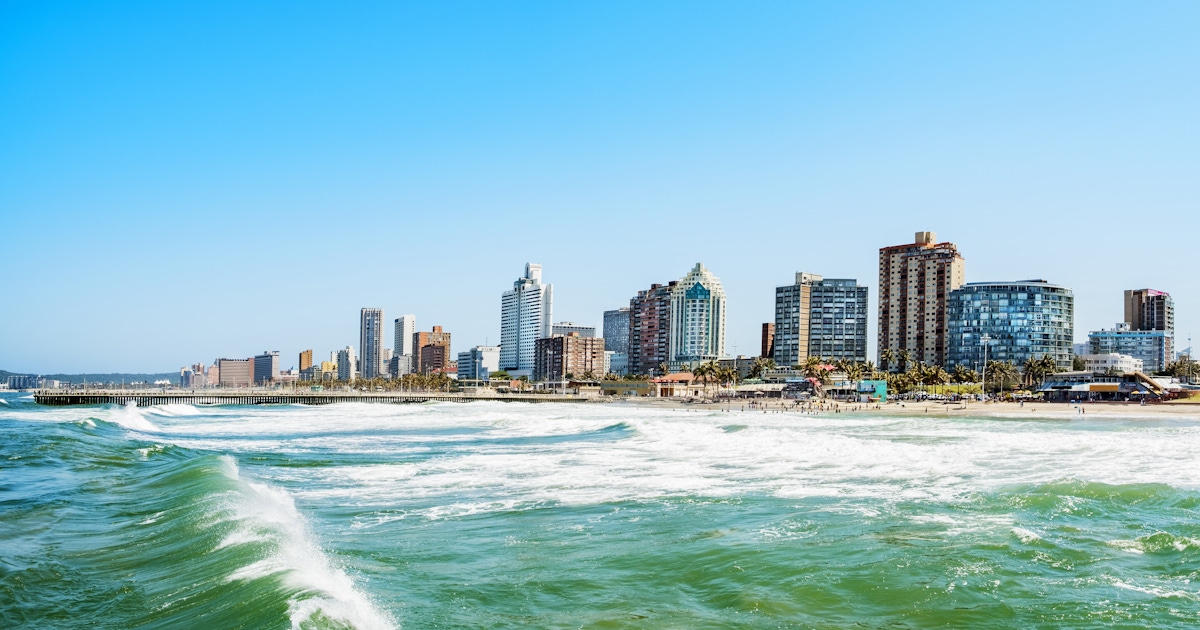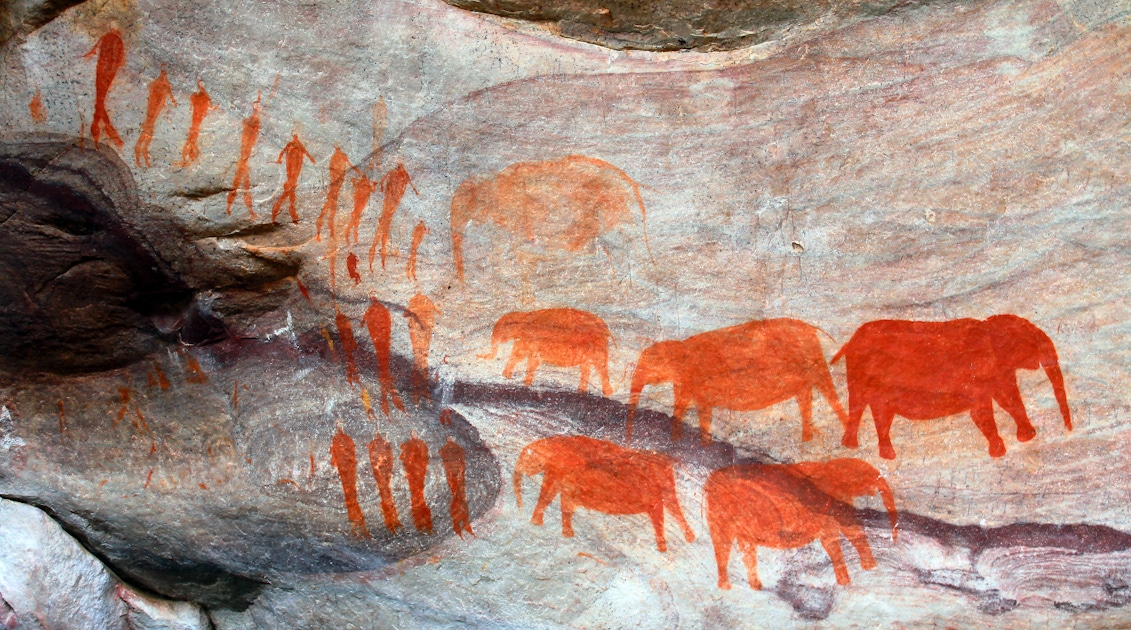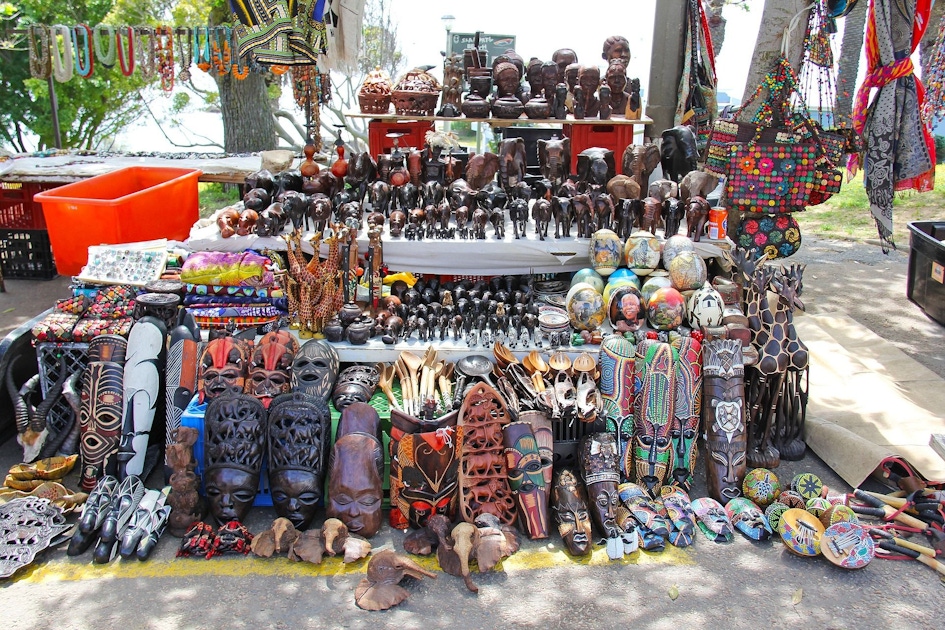Apart from the Big Five, the park is home to a variety of other species including antelopes, zebras, and giraffes. These animals add to the rich tapestry of wildlife, providing a balanced and diverse ecosystem. Various bird species also thrive in Hluhluwe-Imfolozi, from the fish eagle to the lilac-breasted roller, making it a paradise for avian enthusiasts.
The diversity of plant life within Hluhluwe-Imfolozi plays a crucial role in sustaining this ecosystem. The park’s flora ranges from savanna grasslands to forested areas, supporting a myriad of wildlife species from insects to large herbivores. The myriad of plant species, both indigenous and endemic, functions as the backbone of the park’s ecological processes, providing habitat and sustenance to numerous animal species.
Moreover, these plants play a significant role in soil conservation and water regulation, integral to the park’s sustainability. Over time, flora such as the marula trees and acacia bushes have created a resilient ecosystem that can withstand climatic changes and human interactions.
The symbiotic relationship between the animals and plants in Hluhluwe-Imfolozi is a testament to the intricate balance of nature. The presence of large grazing mammals helps in the seed dispersion of many plant species, while predatory animals like lions and leopards control herbivore populations, ensuring that vegetation is not overgrazed.
In essence, the interconnectedness of the diverse wildlife and plant species within Hluhluwe-Imfolozi creates a unique environment that is both self-sustaining and educational for visitors. This rich biodiversity highlights the park’s importance as a conservation area and an educational resource, showing the significance of protecting such natural sanctuaries.
